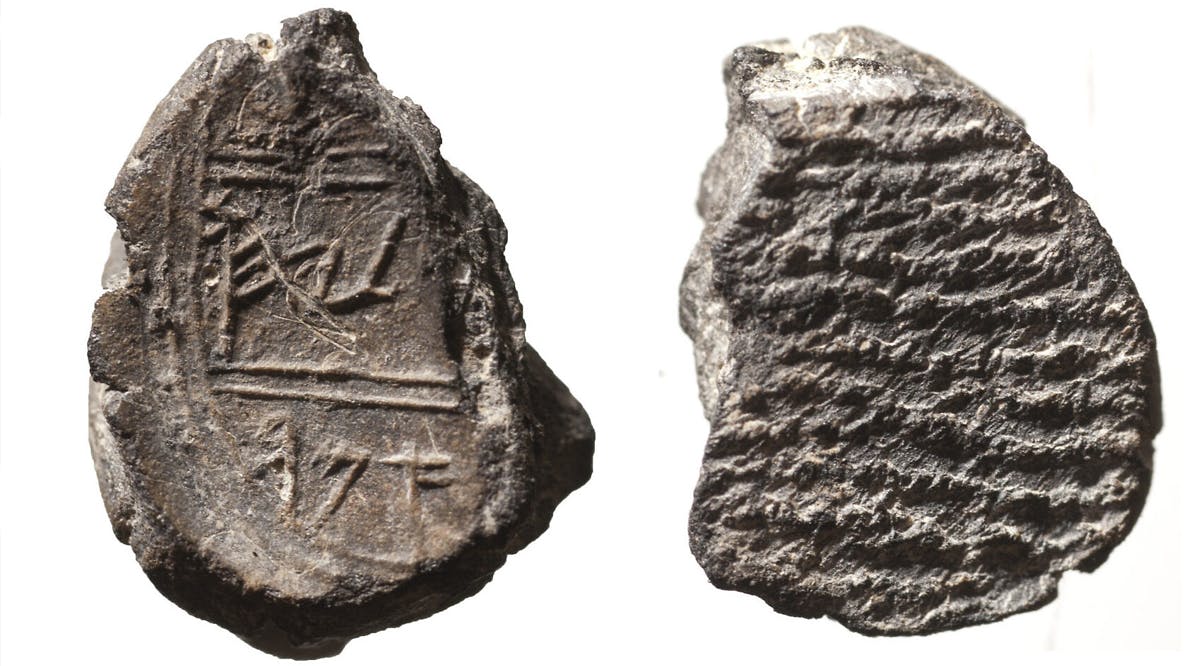
Tiny Clay Seals Reveal First Temple Royal Treasuries in Jerusalem
Dozens of inscribed clay seal impressions recovered during excavations near the Temple Mount have been identified as evidence of two treasuries in ancient Jerusalem in the late 8th century BCE, researchers said Thursday, January 6.
Archeologists said the clay impressions, or bullae, were used for the management of storehouses during the First Temple period.
In ancient times, the lumps of clay were pressed over the knot of a cord securing a doorknob or a vessel, and the manager of a treasury would then impress his, or his superior’s, seal upon the clay to prevent others from tampering.
Archeologists Zachi Dvira and Dr. Gabriel Barkay found that on the reverse side of several bullae in Jerusalem, an impression of woven fabric appeared, which they said indicated some were attached to small bags containing pieces of silver or precious metals, while others were likely attached to fabric that covered ceramic jars used to store agricultural produce.
The bullae were revealed during the sifting of Temple Mount soil and in excavations at the Ophel Park adjacent to the mount. The researchers said the findings constitute concrete evidence of the existence of two central treasuries in Jerusalem, which managed the economy of the Kingdom of Judah.
According to the researchers, the names that appeared on the bullae in the Paleo-Hebrew script were of the chief treasurers in charge of the so-called Temple Treasury and the Royal Treasury of the Kingdom of Judah.
The Royal Treasury was located in the “Royal Building” located in the Ophel Park, in which numerous storage jars were found, and more recently, at least 34 bullae were discovered. Nearly half of those seals had impressions of woven fabric, the study said.
The full name on one of the Temple Mount soil seals was Hisilyahu son of Immer, who apparently served as one of the officials managing the so-called Temple Treasuries, the researchers said. They tied him to a priestly family that served in the Temple in the 7th or early 6th century BCE. (TOI / VFI News)
For inquire, please, of bygone ages, and consider what the fathers have searched out. For we are but of yesterday and know nothing, for our days on earth are a shadow. Will they not teach you and tell you and utter words out of their understanding? - Job 8:8-10
The suggestions, opinions, and scripture references made by VFI News writers and editors are based on the best information received.
Want to see more from VFI? Follow us on Facebook! Our official Facebook name is Vision for Israel. Follow us there and please hit “like” if you like us.